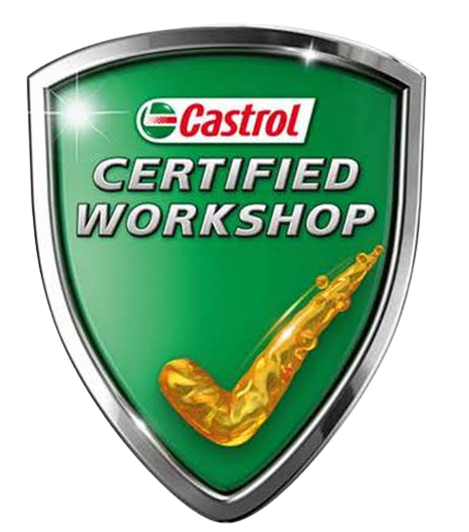Loading ...
Missing business hours data / Error occurred while getting the data.
Engine Diagnostics
Engine Maintenance and Repair
Most newer vehicles are equipped with advanced computerized monitoring systems that monitor the engine’s performance and is designed to quickly alert you to potential issues via dashboard light warnings. However, regular preventative maintenance on your vehicle can prevent these unexpected light alerts and more importantly, is crucial to the overall performance and lifespan of your vehicle.
Scheduling regular maintenance and repair is highly based on engine mileage. While routine maintenance services including oil changes, air filters and fluid top-offs should be done every 3,000-7,000 miles, thorough inspections of cables, gaskets, hoses, HVAC, spark plugs and timing belts should be checked regularly as well. The car manufacturers suggest timeframes of these maintenance services to be performed. Routine checkups oftentimes detect small issues in need of repair and prevent costly and extensive damage in the long run.
Over time, due to normal wear and tear of an engine, gaskets degrade, seals can dry out or crack, causing bad connections or leaks. In general, it these items show wear or are leaking having them replaced during servicing is recommended. Occasionally, in some instances, reaching them requires dismantling of the engine.
One very important item on your routine maintenance checklist should be regular timing belt maintenance and inspection. Repair or replacement of timing belt issues can become quite expensive if unaddressed. The proper functioning of the timing belt involves other parts including the water pump, idler pulley, and tensioner pulley. Warning signs of potential timing belt issues include knocking, squealing or grinding sounds; usually indicative of misalignment, a bad bearing or improper belt tension. A defective timing belt cover will allow dust, water or oil to seep into the engine area over time. During regular service of the timing belt and water pump, oil leaks are commonly found and can be easily repaired, along with camshaft and crankshaft seal replacement, if necessary.
While oil leaks are one of the more common occurrences since it is a fluid used to lubricate so many parts throughout the engine, if you notice leaks of any kind under your vehicle, don’t ignore them.
With varying types of fluids required to make the engine run, spots on pavement after your car has been idle should be taken as warning signs and addressed quickly.
Depending on the fluid and area of leakage, it could potentially pose a safety issue for you or your family when in the vehicle and even leave you stranded if left unaddressed.
Regular checkups of your vehicle’s heating and air conditioning should also be on your checklist. This inspection includes hoses, belts, antifreeze and filters. A properly running heating/air conditioning system in your car helps trap bacteria, dust, pollen and exhaust fumes prior to the air reaching the cabin of your car. If the heater is not functioning properly, it could actually cause a vehicle to overheat. Additionally, if the air conditioning system is not working properly, then neither will the defrosting nor defogging of your windshield during the chilly fall and winter mornings.
The engine of your car or truck is very complex and all these items play an important role in an engine’s optimal performance.
Loading ...
Missing business hours data / Error occurred while getting the data.
9480 Lyndale Ave S Bloomington, MN 55420 | (952) 888-8885

